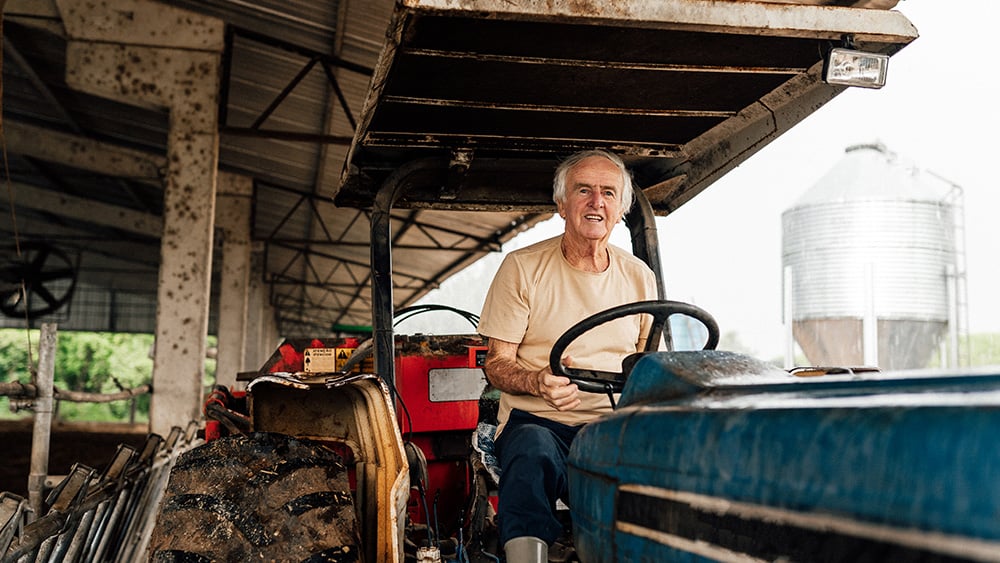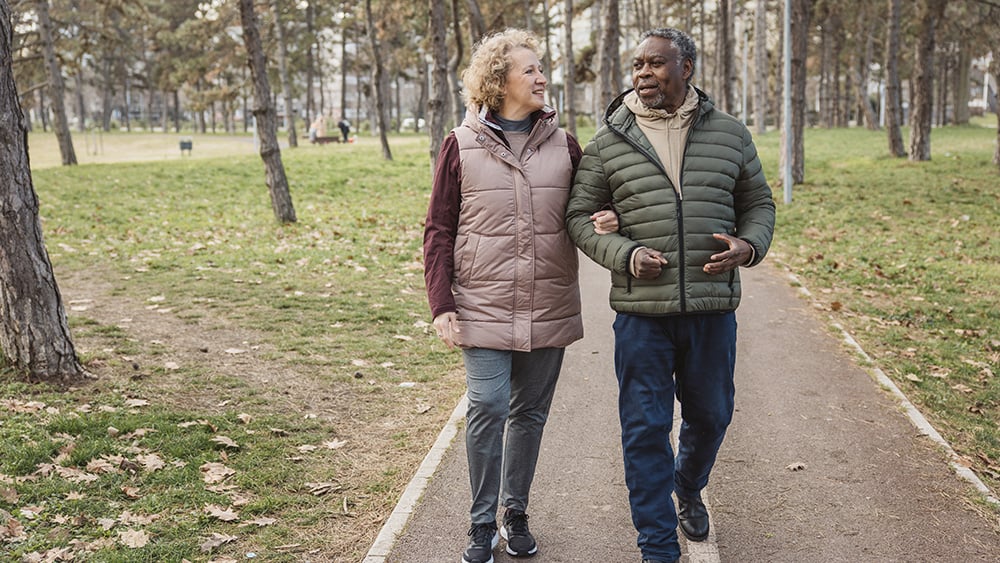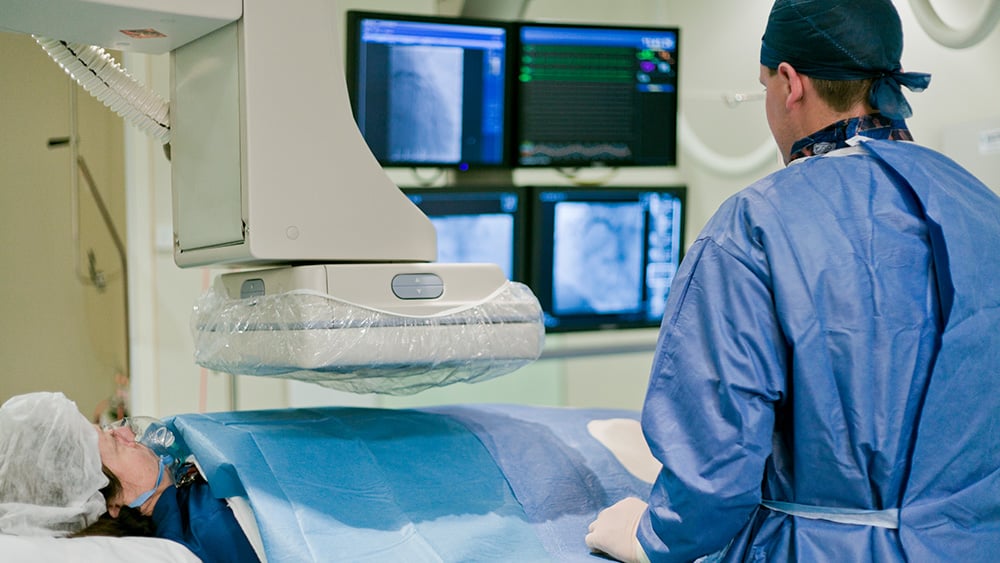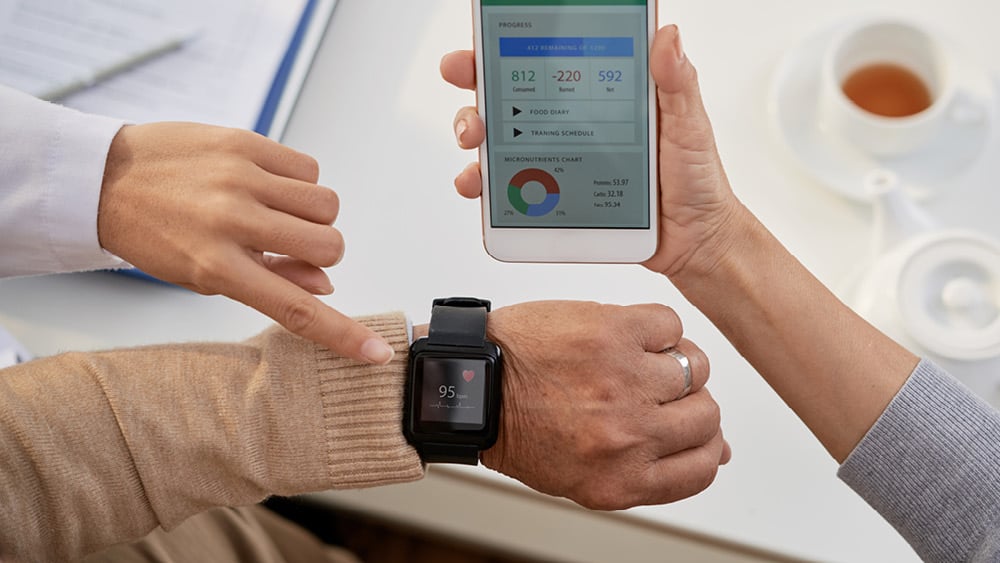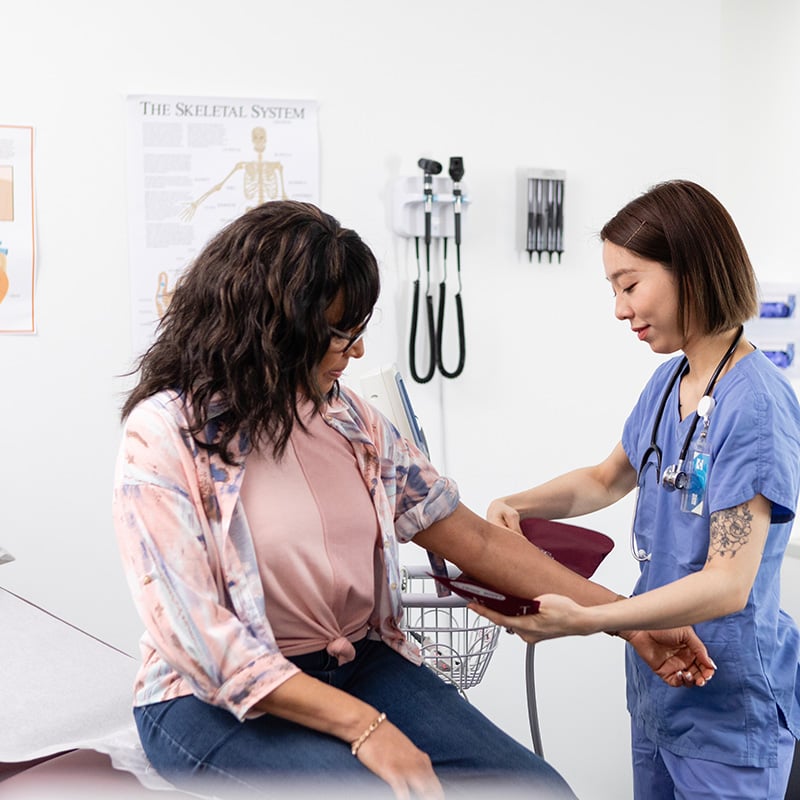Key Takeaways
- The most significant factor in rural acute heart health care is the distance from hospitals with specialty heart care.
- Local ambulance and EMS crews have special protocols for rural patients based on their needs.
- If you think you are having a heart attack or medical emergency, always call 911 first.
People living in rural areas face health disparities simply based on where they live. There are many factors that contribute to health challenges in rural communities.
Together with the American Heart Association, Rochester Regional Health is highlighting our mission to be rooted in our community by offering high-quality heart health care in rural areas. This conversation is part of the Red Chair Series – a series of conversations with leaders in healthcare highlighting heart disease prevention with a focus on many areas, including preventive care, rural health, women’s health, genetics, and maternal & infant mortality.
As the world’s leading nonprofit organization focused on heart health for all, AHA strives to help everyone take on health challenges through a series of key initiatives aimed at reducing health disparities. Timothy Malins, MD, is the Director of Eastern Region Cardiac Services for Rochester Regional Health and explains the challenges faced by heart patients in rural communities and what they should do in an emergency.
Health disparities for rural communities
The American Heart Association suggests patients living in rural areas face several challenges that increase their risk for heart health.
The most significant challenge is how far away patients are from doctors and hospitals. Health outcomes in more rural areas are not as good as outcomes in more urban areas because the time it takes to get acute care is delayed by geography – sometimes as far as 40-50 miles.
“Time is heart muscle,” Dr. Malins said. “If you have an acute heart attack, the longer it takes for you to open up an artery, the more damage is being done. When you can provide [specialty heart care], we have more continuity of care, more patient satisfaction, better outcomes, and high-value care.”
Other disparities that affect rural heart patients include:
- shorter life expectancies
- higher risk of stroke or heart disease
- higher rates of diabetes and hypertension
- more frequent tobacco use
- less access to healthy foods
“I’m very passionate about [rural heart care],” Dr. Malins said “Providing care locally also has economic impact – not just the local community by building up care and providing jobs, but economic impact for the patients. They don’t have to spend the gas money to drive 20, 30, 40 miles one way to get care. We want to provide that care locally.”
Partnering with EMS teams for rural health emergencies
In partnership with the American Heart Association, Dr. Malins worked with cardiac and EMS steams to implement a program called Mission: Lifeline.
The project analyzed the full experience of patients who may need to go to the hospital for a stroke, heart attack, or cardiac arrest event with the goal of helping them receive the highest quality of care and best possible health outcomes.
By looking at data from all of the hospitals in the Rochester area, the project team was able to create a protocol for patients in outlying areas who might need emergency stroke or heart care. That protocol was then put in place with local ambulance crews and EMS workers to ensure each patient will be treated appropriately according to their case.
“Ambulance and EMS crews are well trained and able to determine quickly whether they need to take you to a local hospital to administer clot-busting medication or an urban hospital to open up the artery using a stent,” Dr. Malins said.
If someone is experiencing a medical emergency in a rural community, Dr. Malins said the best thing they can always do is call 911.

